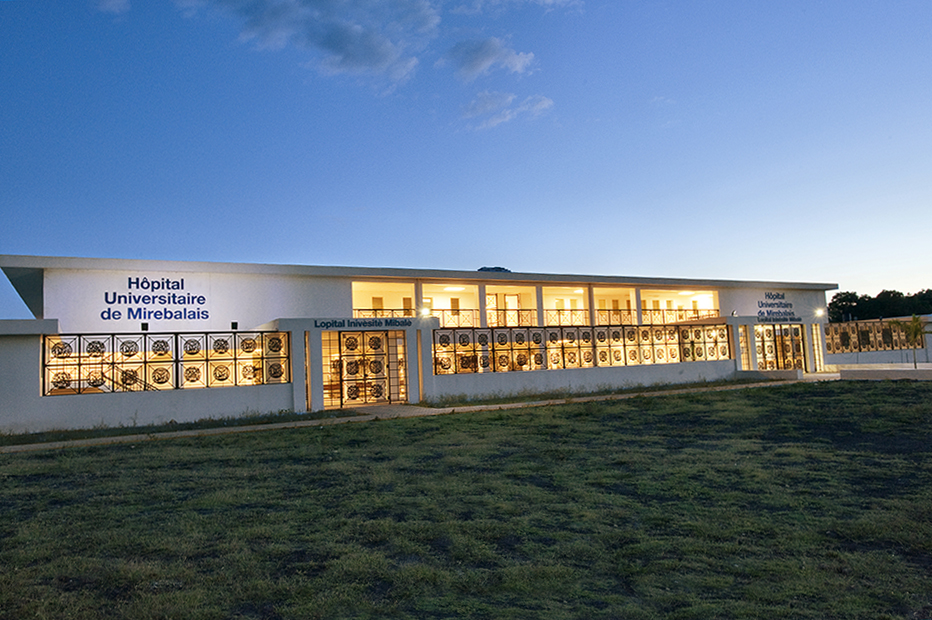
Design and develop an Electronic Medical Record (EMR) system for Hôpital Universitaire Mirebalais, Haiti, based on the openMRS framework. The system needed to support patient registration, appointments scheduling, diagnostic capture, and patient records management in a resource-limited setting.
Worked on front-end development, interaction design, and business analysis. Developed a live style guide to support future contributions and enhance system usability. Conducted design debt mapping and prioritized improvements based on a "gain vs. pain" analysis.
Led interaction design, front-end development, and collaborated with the team in agile sessions. Facilitated collaborative sketching sessions, ensuring all team members contributed to the design process.
Used an iterative approach with regular collaboration among developers, QAs, BAs, clients, and PMs. Applied a double-diamond design process and worked on continuous and open design, ensuring that improvements were made even in non-functional aspects.
The system received positive feedback, including from Bill Gates, who praised it as a "sophisticated system for keeping medical records." The design and collaboration approach led to improved usability and a sustainable design system for future development.
Creation of the Electronic Medical Record (EMR) system for a university hospital in the city of Mirebalais, Haiti. The software provides functionality like patient registrations, appointments schedulling, diagnostic and vital signals capture and patient records control. It was based on openMRS, one of the leading open source EMR frameworks in the world.
I have done mostly front-end development and interaction design in this project, but also some business analysis on appointment scheduling and the development of a live style guide for Mirebalais and OpenMRS to support contributors in the future.
During a visit to the hospital facilities in Haiti, Bill Gates himself called it "(...) a sophisticated system for keeping medical records". :)
HOME SCREEN AND THE LIVE STYLE GUIDE:
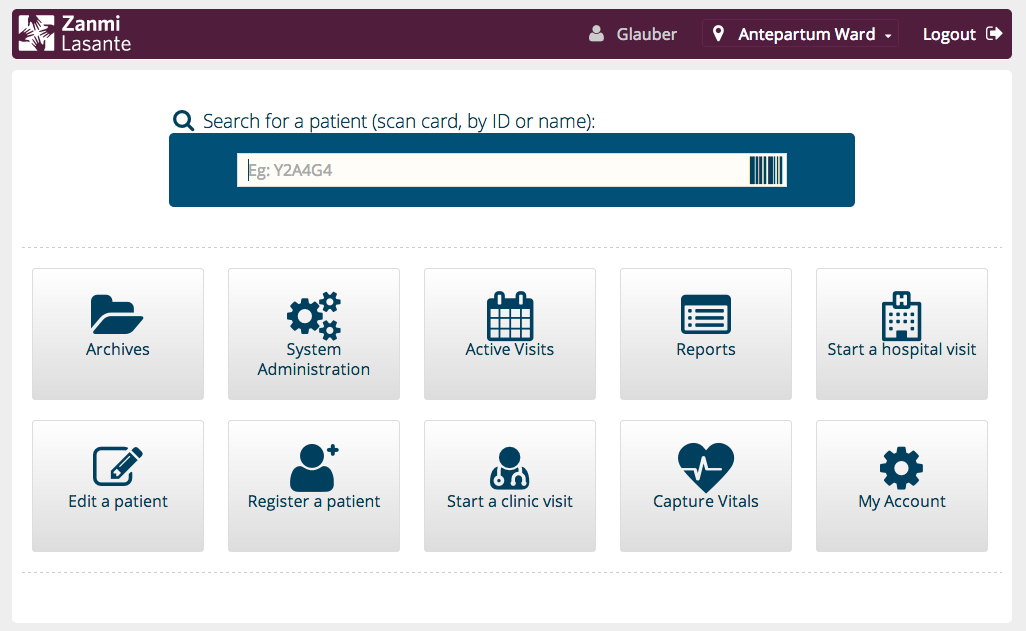
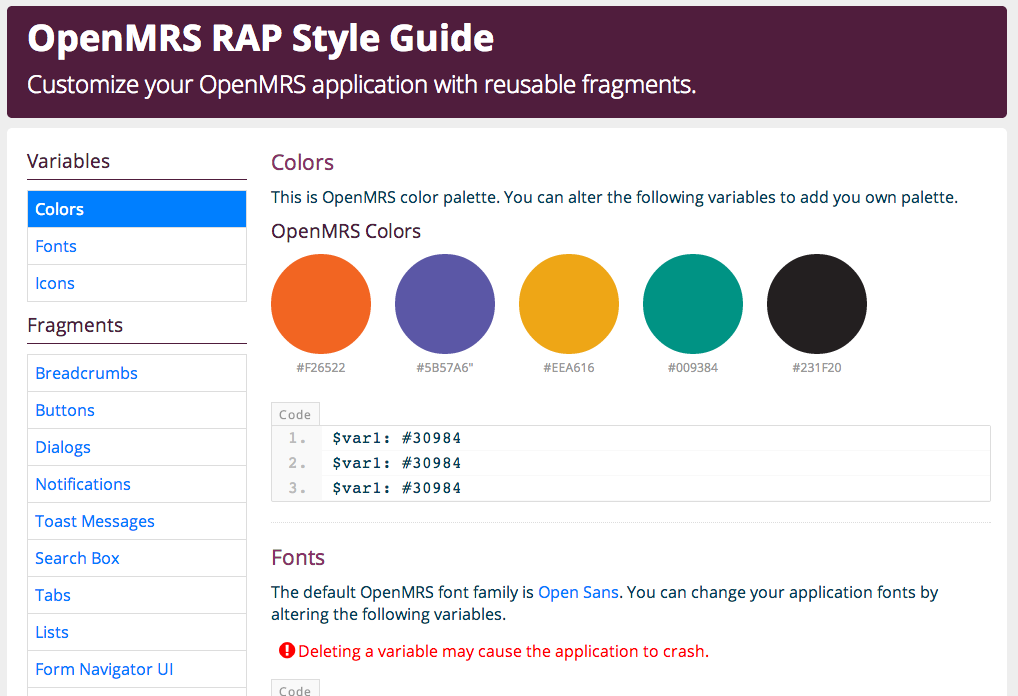
PATIENT RECORDS AND ENCOUNTERS:
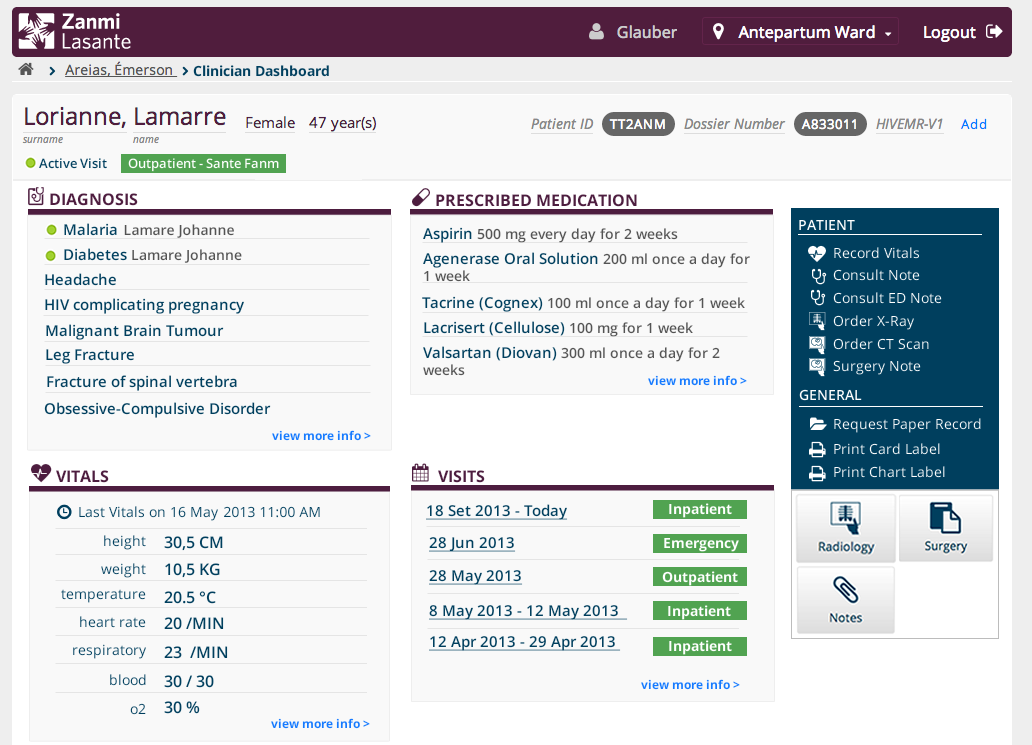
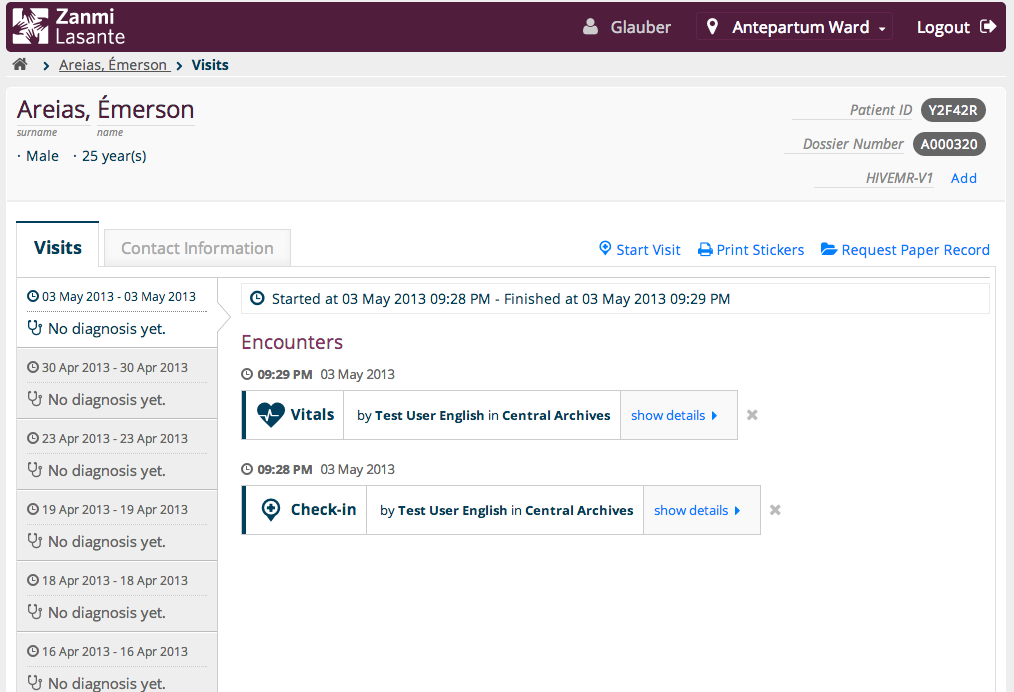
UX DEBT MAPPING AND THE PACKS FROM THE COLLABORATIVE SKETCHING SESSIONS:
Being an agile team, we took iteractive approaches and collaboration seriously. We kept prioritising work to be done and, much like technical debts, we had what we decided to call Design Debts. These consisted of design improvements we wanted to make that wouldn't necessarily create new functionality, but would make general UX better. Prioritization was done based on a simple "gain vs pain" analysis - being whatever had a lot of value and low effort to implement the top of the pile of things we would do on our spare time.
Another important part was collaboration. I brought the entire team - devs, QAs, BAs, clients and PMs - to participate of sketching sessions where we could apply a double-diamond approach of diverging and converging ideas to come up with solutions that would carry many points of view within. Besides increasing the quality of the design, it also put everyone on the same page and created a greater sense of ownership.
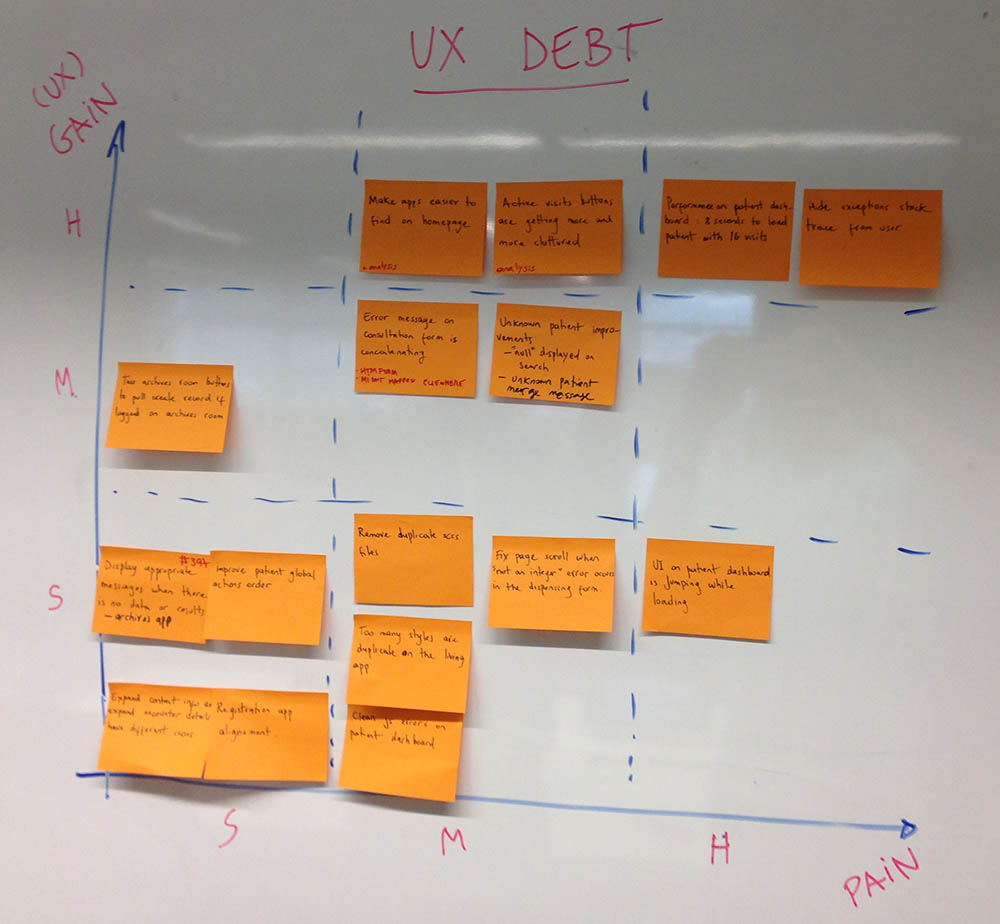
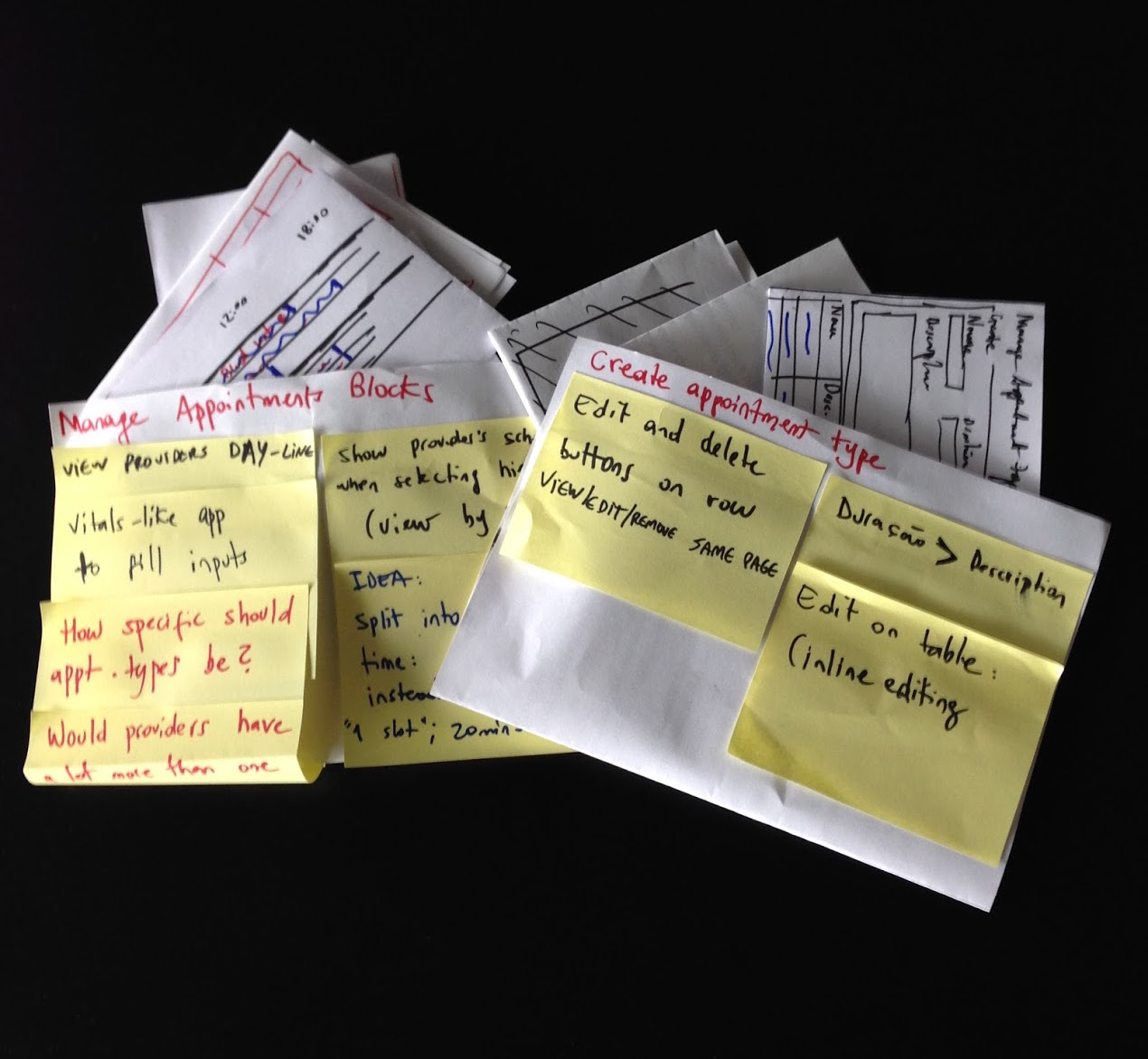
TEAM MEMBERS:2 XDs/UI devs, 5 developers, 1 BA/PM, 1 QA.
LOCATIONS: Porto Alegre (Brazil), Mirebalais (Haiti), Boston and Seattle (USA).
PROCESS, TECHNOLOGIES AND TECHNIQUES:HTML5 CSS3 Sass Javascript Interaction design Hi-fi wireframes (code / Adobe Illustrator) Continuous Design Open Design Live Style Guide Paper prototyping Code prototyping User Interviews Usability Testing User Journeys UX Debt Font-icons
SOURCE CODE: https://github.com/pih
WEBSITE: http://www.pih.org/pages/mirebalais
MIREBALAIS STYLE GUIDE: http://mirebalaisstyleguide.herokuapp.com/
COMPLETE THOUGHTWORKS CLIENT CASE: https://www.thoughtworks.com/clients/partners-in-health
